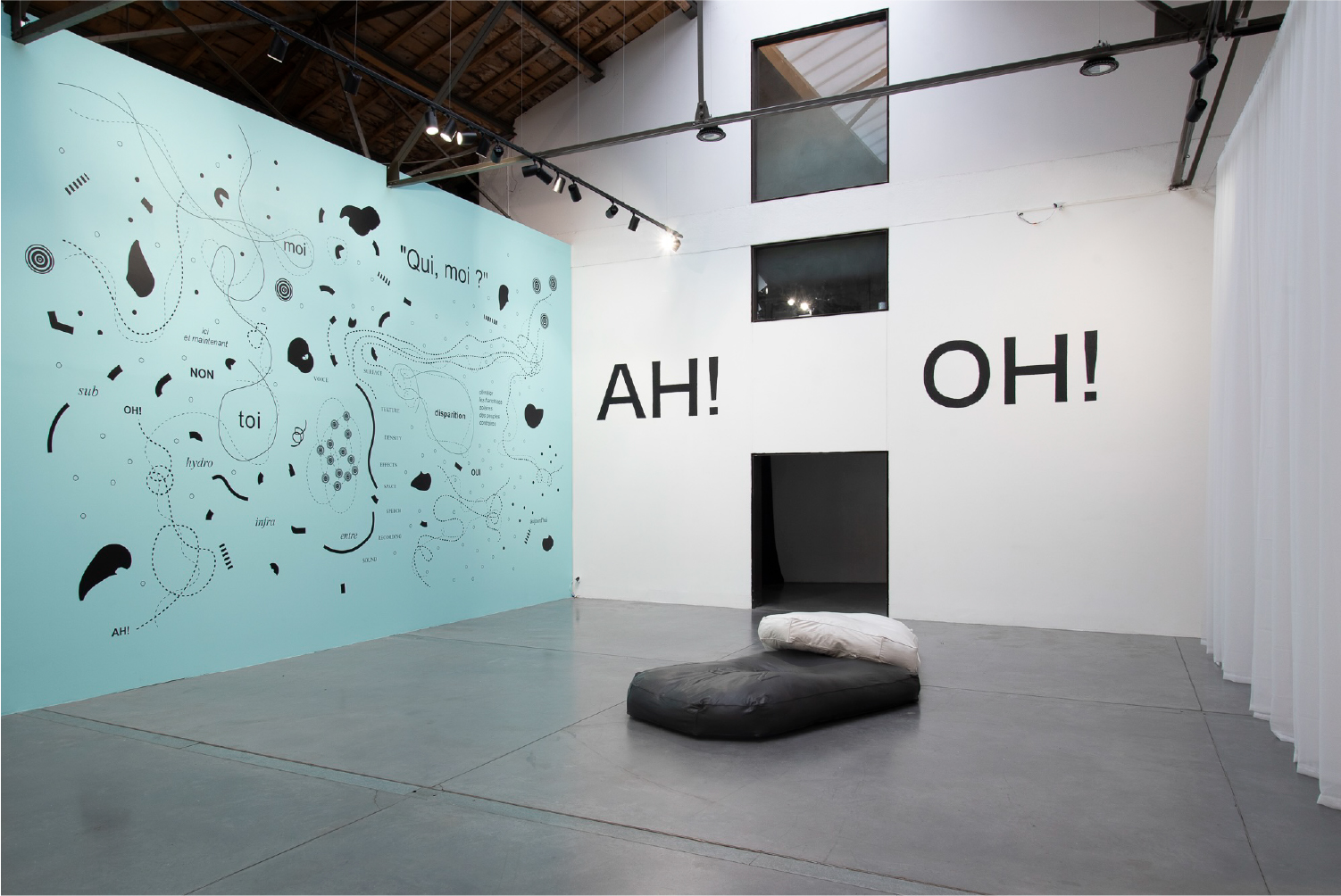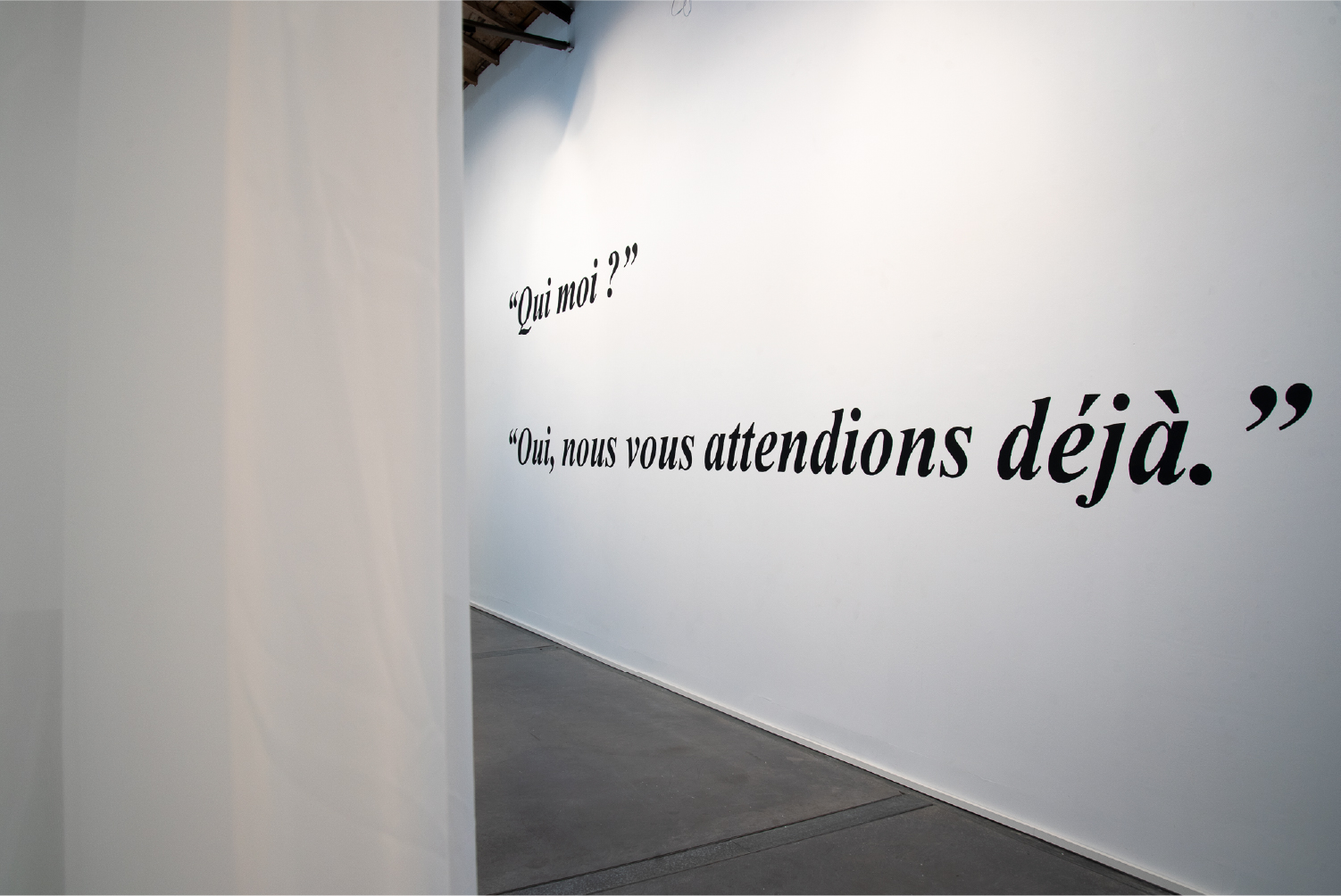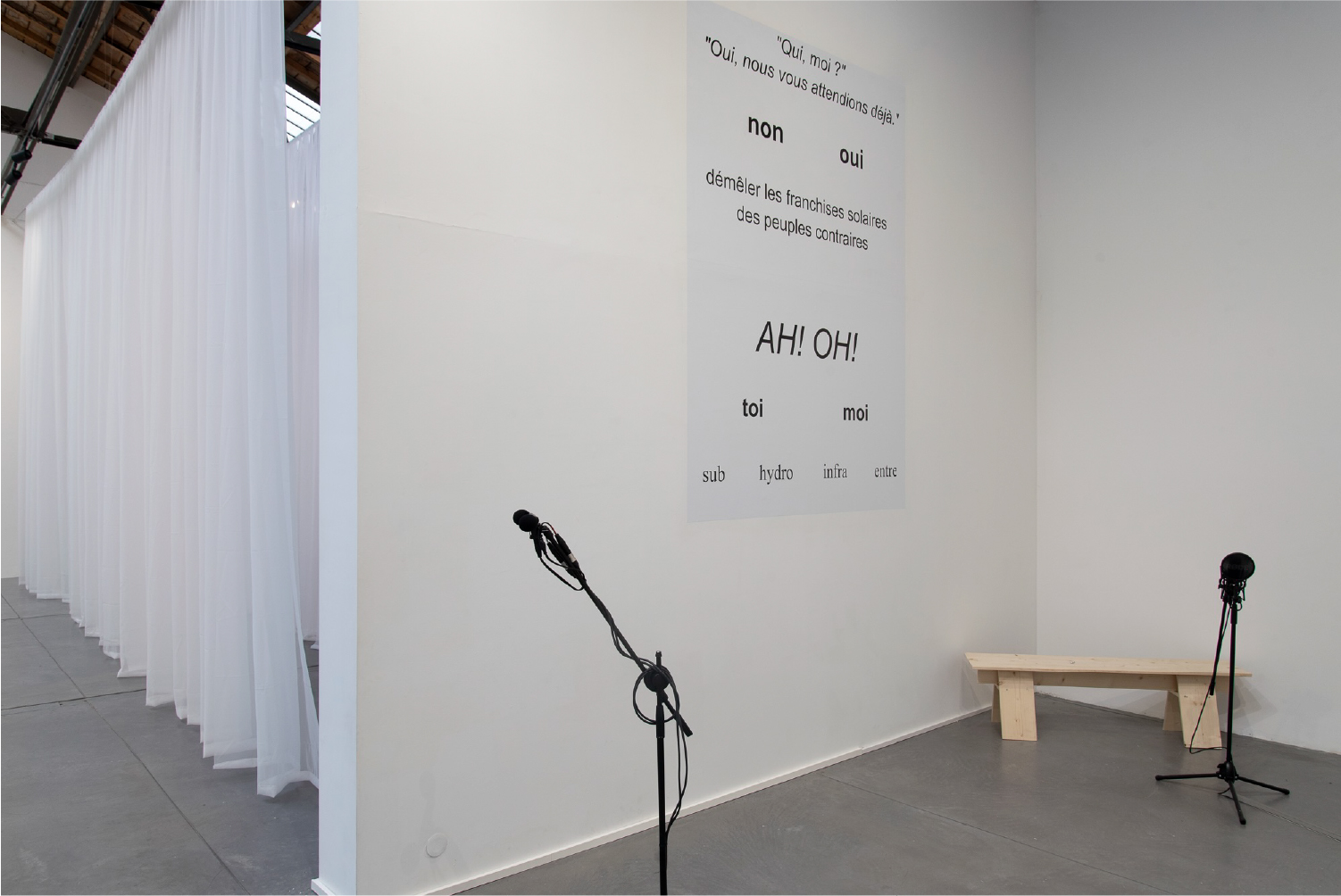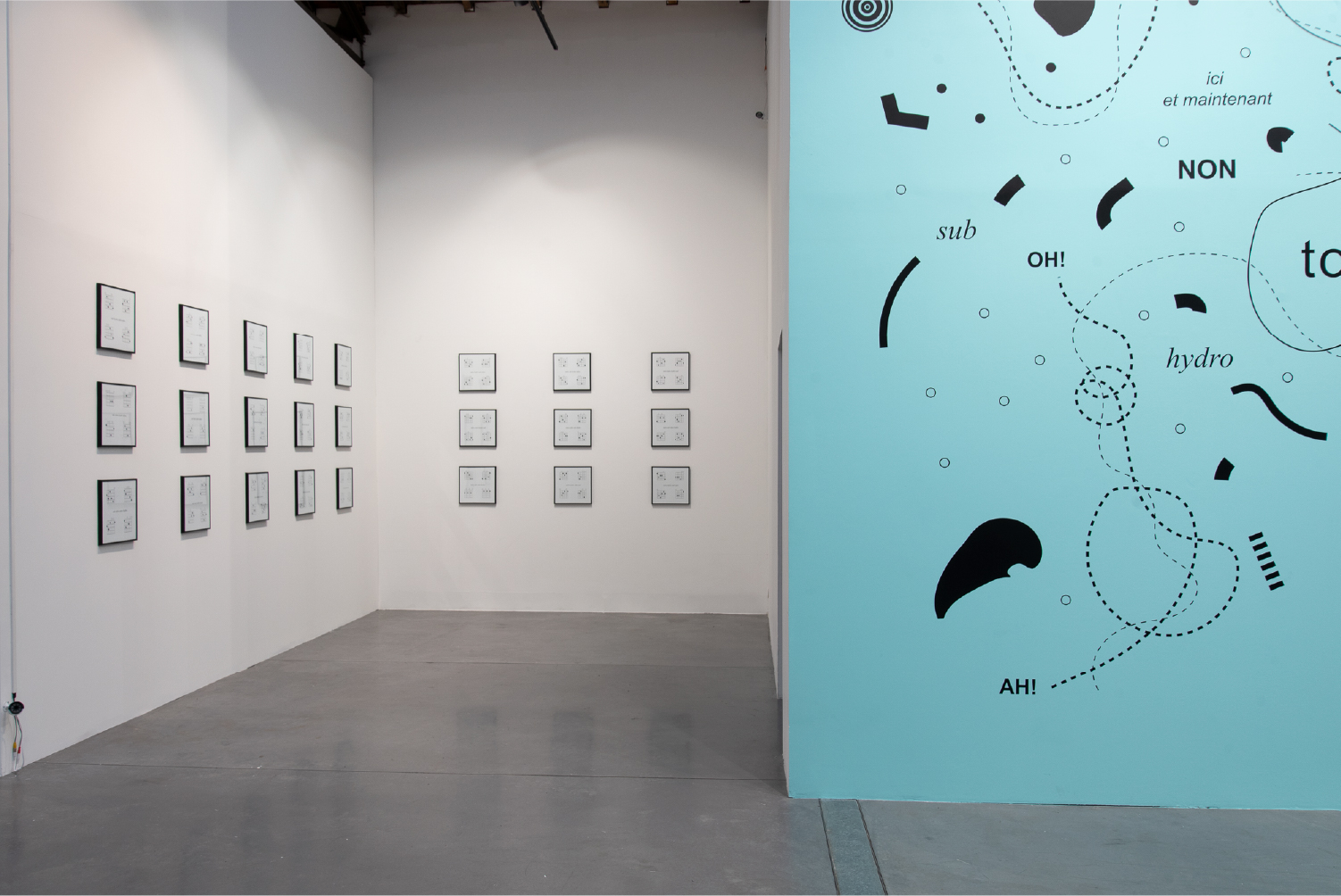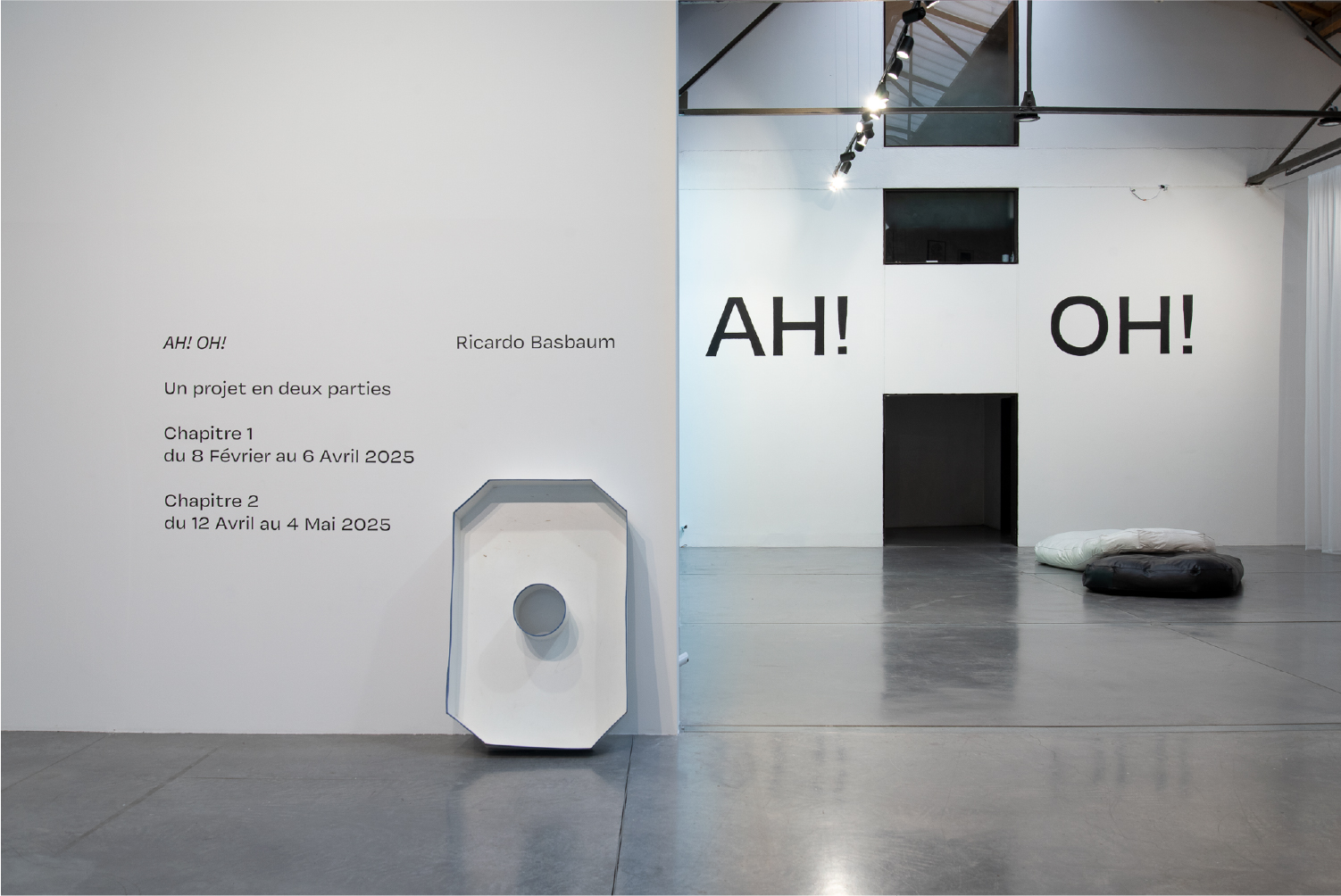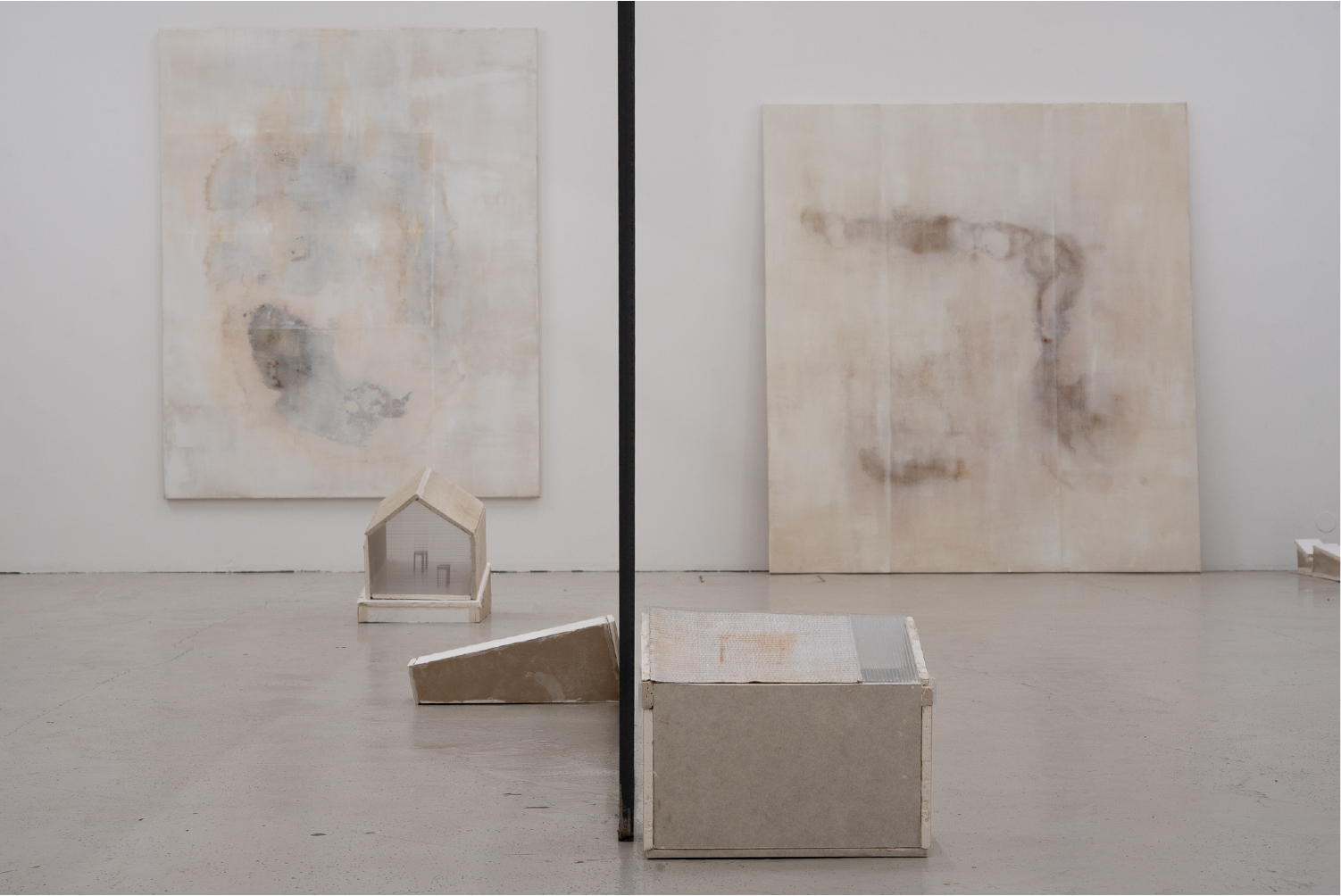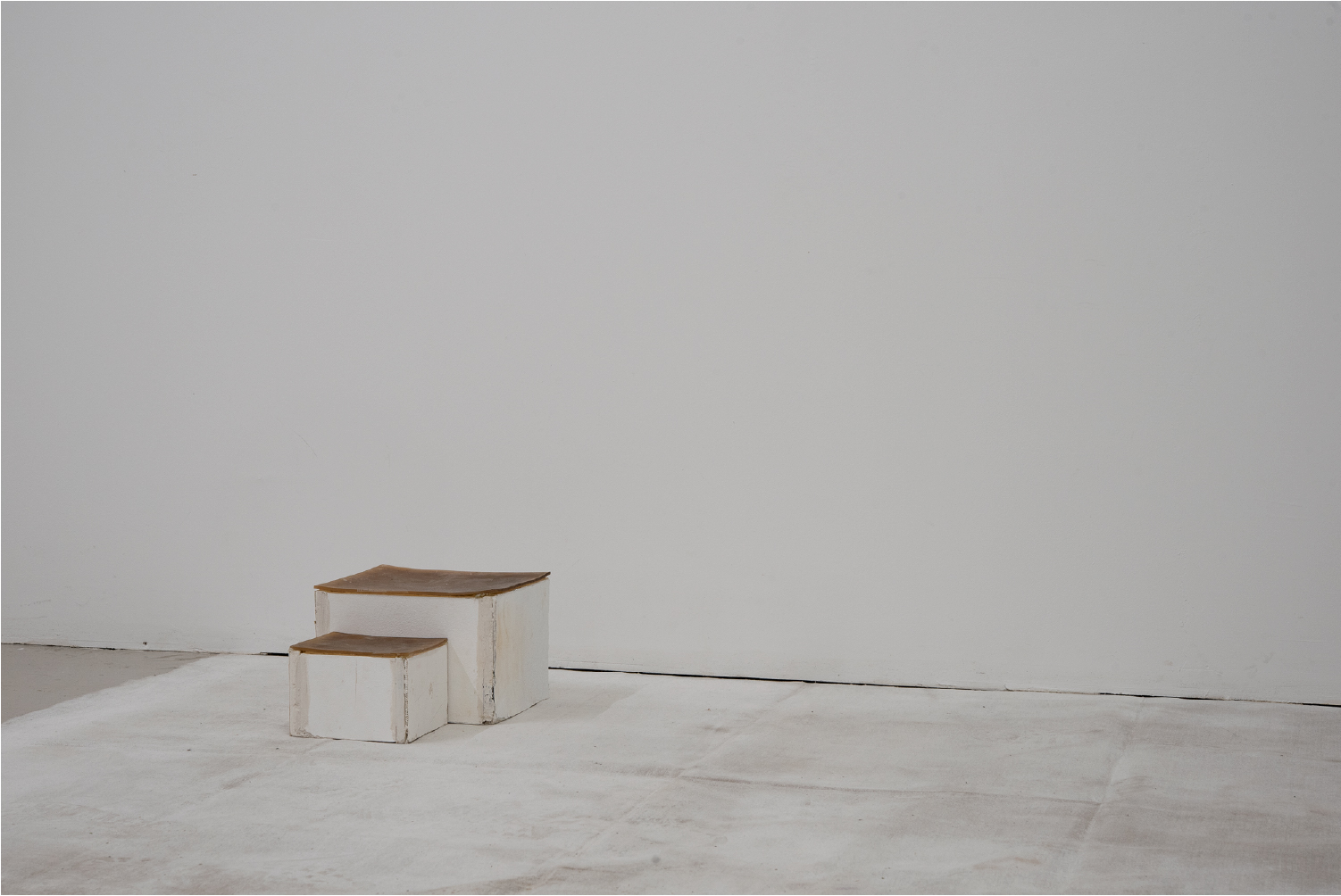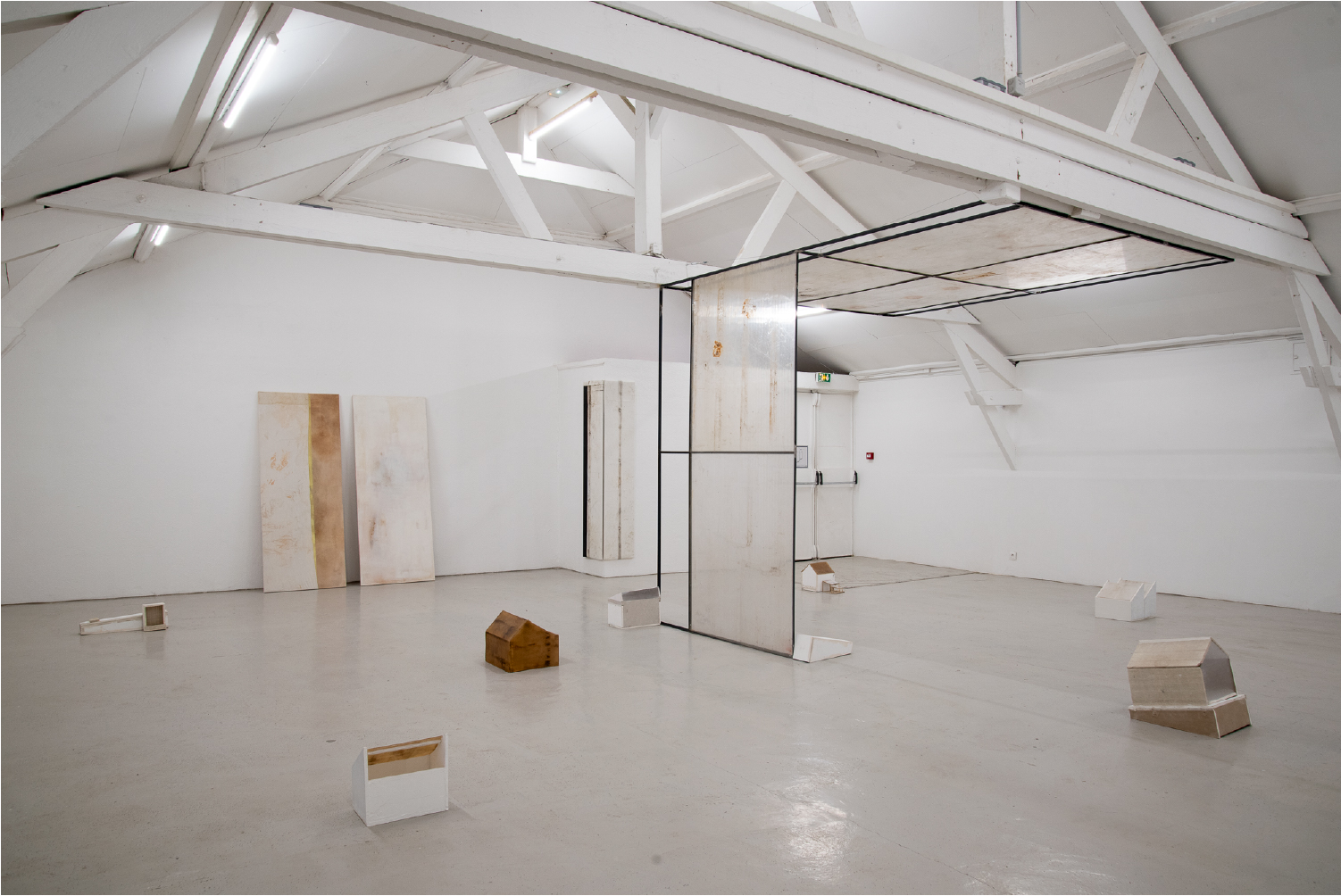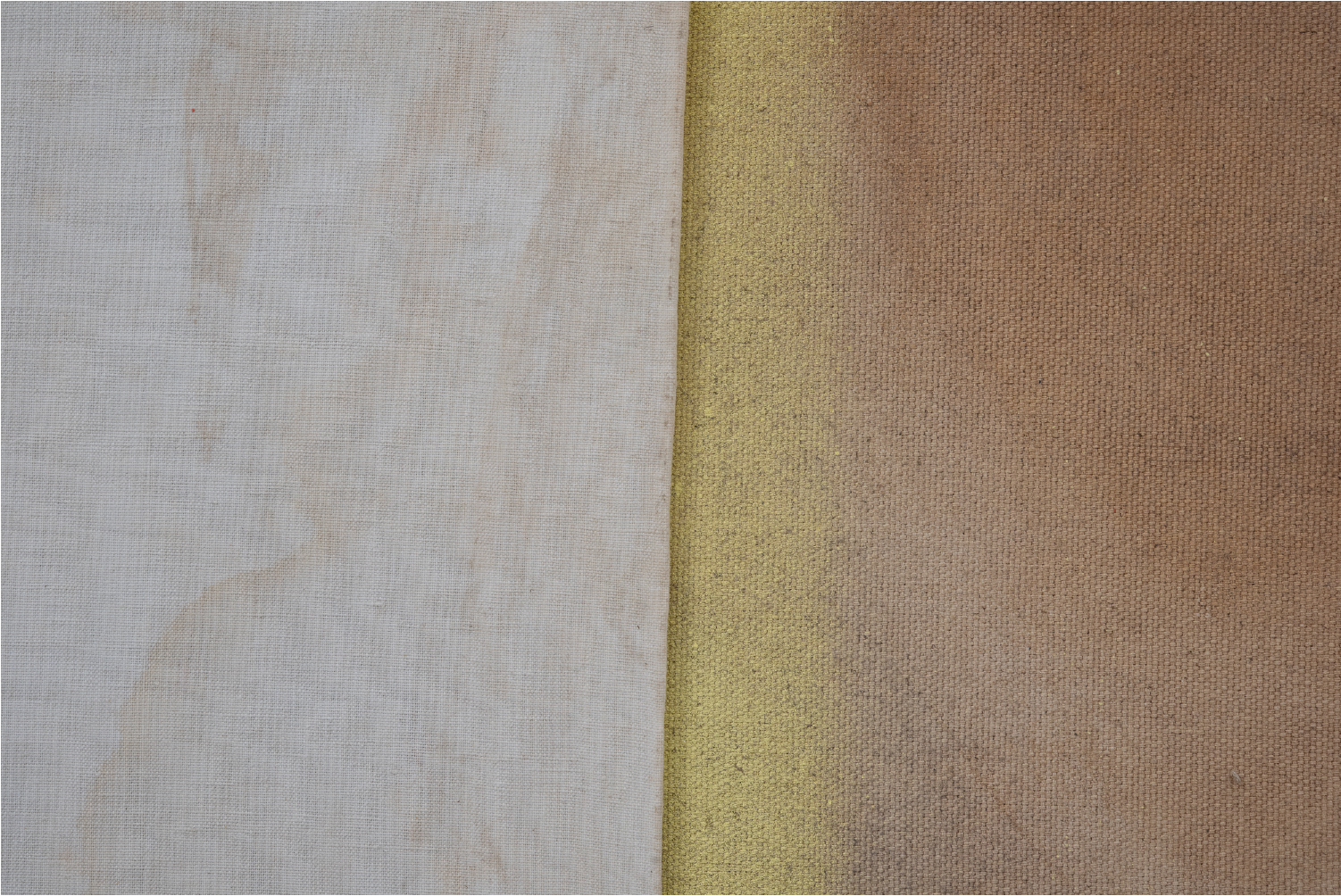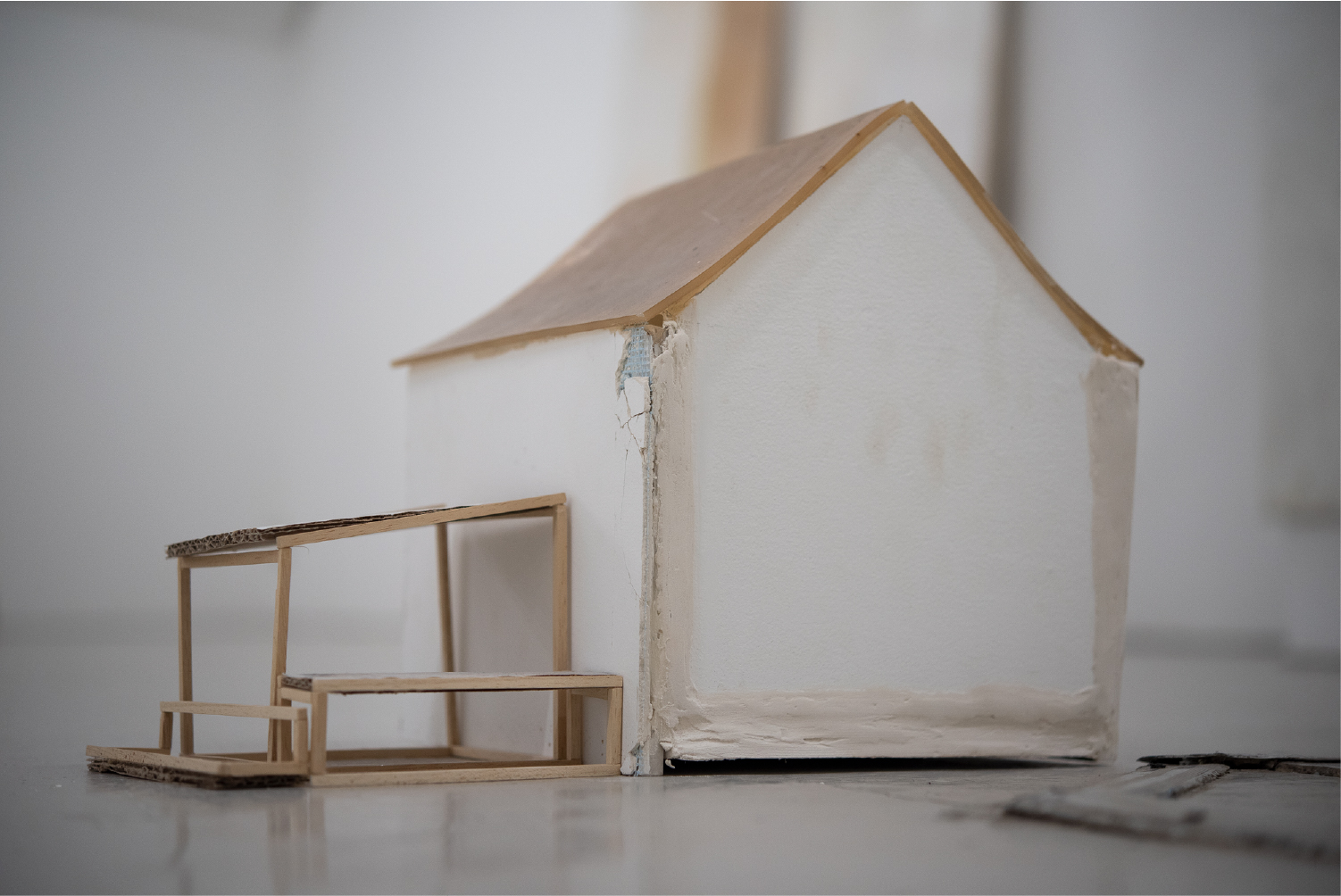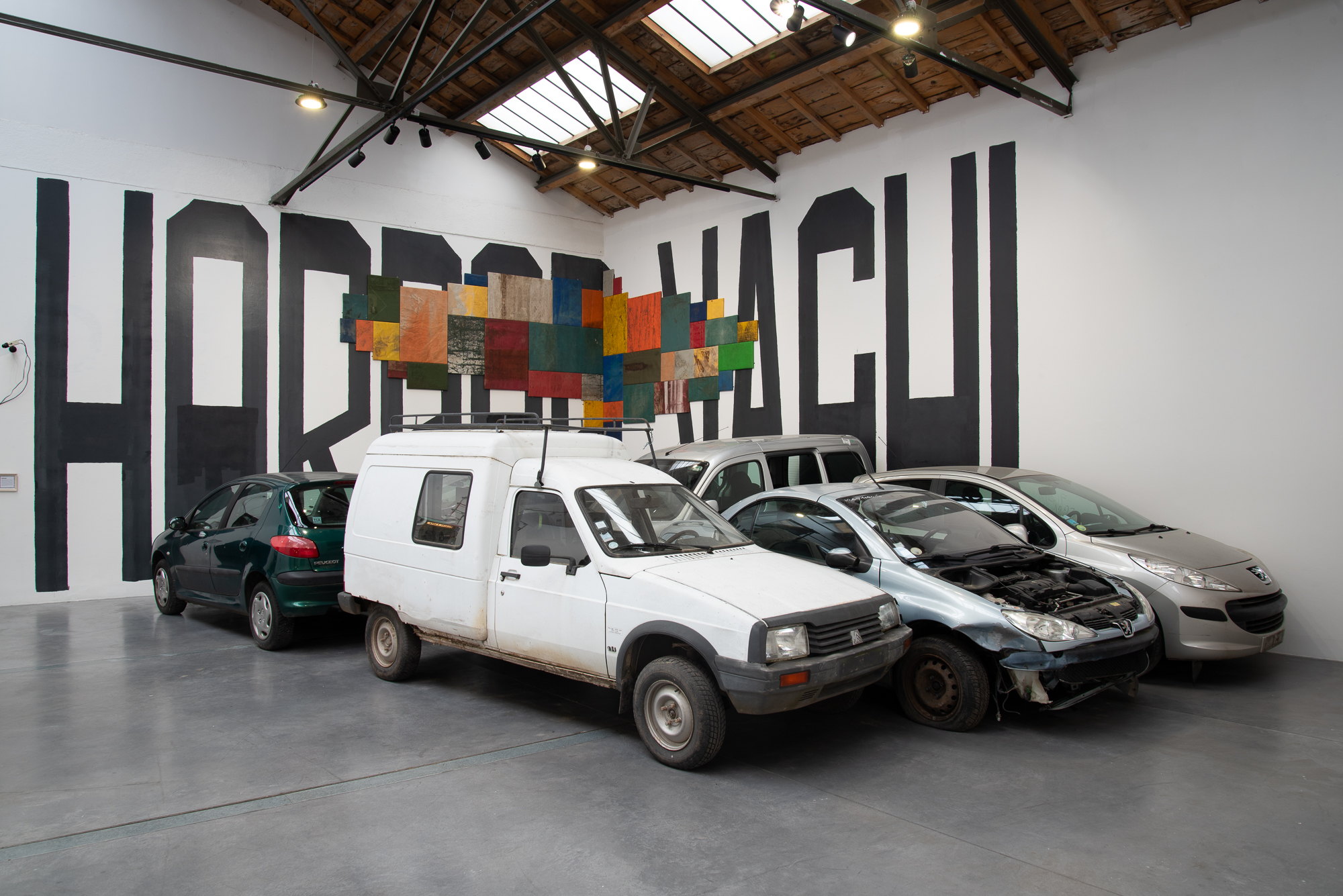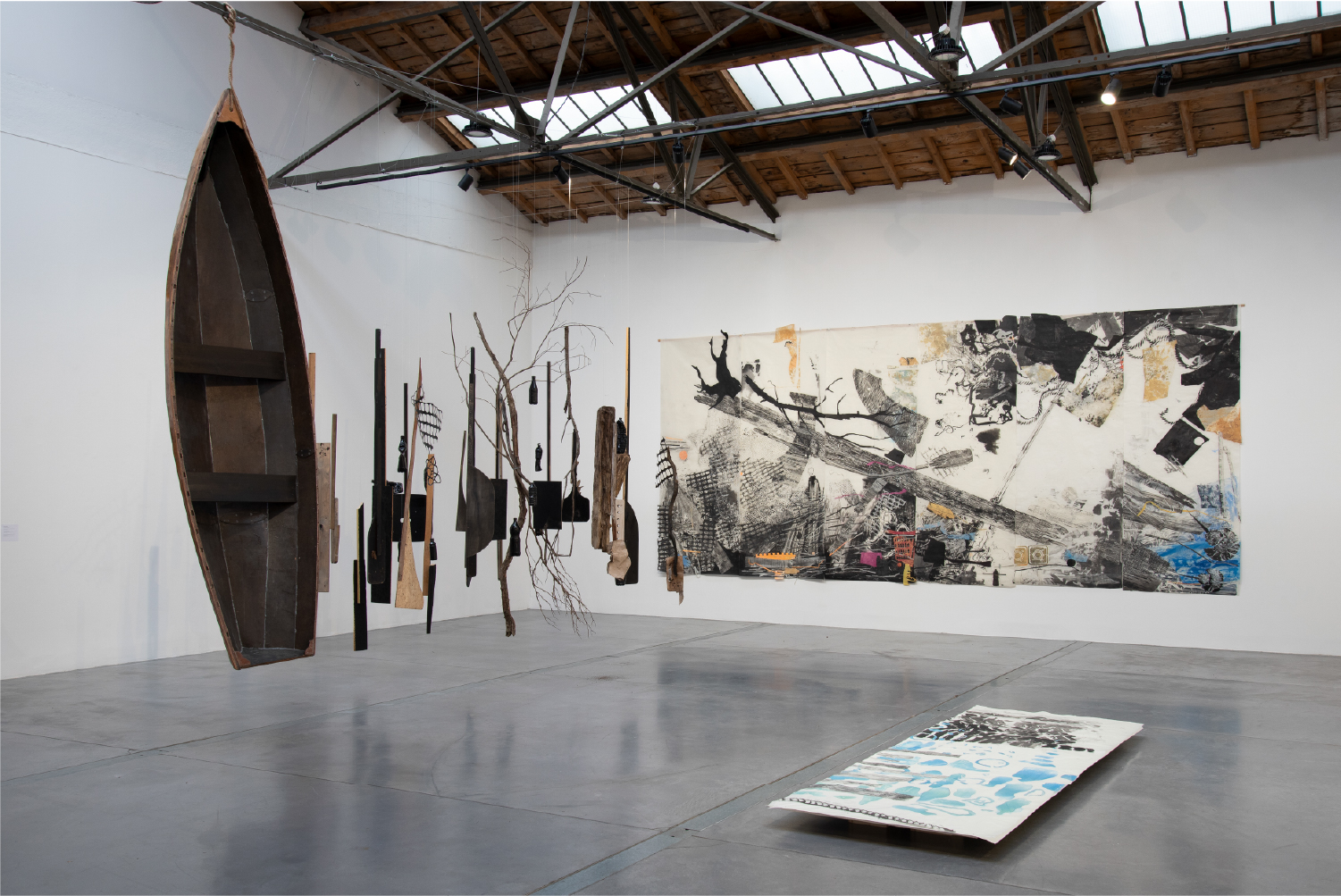Kelly Weiss: À votre contact, se confondre (At your contact, blending in)
February 8–May 4, 2025
19 avenue des alliés
25200 Montbéliard
France
Hours: Tuesday–Saturday 2–6pm
Sunday 3–6pm
T +33 3 81 94 43 58
communication@le19crac.com
“To start with, then, there isn’t very much: nothingness, the impalpable, the virtually immaterial; extension, the external, what is external to us, what we move about in the midst of, our ambient milieu, the space around us.
Space. Not so much those infinite spaces [...] but spaces that are much closer to hand, in principle anyway: towns, for example, or the countryside, or the corridors of the Metro, or a public park.[1]”
AH! OH! by Ricardo Basbaum (1961, São Paulo, Brazil. Lives and works in Rio de Janeiro, Brazil) and À votre contact, se confondre (At your contact, blending in) by Kelly Weiss (1996, Belfort France. Lives and works in Lyon, France) are two exhibitions that share a certain “poetics of space[2]”. Both explore plastic, conceptual and relational variations, resulting from a negotiation undertaken with the context of the art centre and its architecture. Based on a close observation of the ins and outs of the historic building, and of the movement and communication between its different parts, Kelly Weiss and Ricardo Basbaum took on the different types of space as playgrounds. She and he come then to certain kind of “agreements”.
AH! OH! and À votre contact, se confondre both respond to specific logics of scores and “mise en scène[3]”. These are fluid, however, and open to the collaboration of the publics, who become the guarantors of the constant evolution and even reconstruction of the exhibitions themselves.
AH! OH! and À votre contact, se confondre are two exhibitions that aim to move the uses of the art center by generating, through different forms and devices, situations of hospitality and action, ‘capable of stimulating new relationships [and] allowing hospitality to be interpreted in such a way as to create new terrains[4]’. Each of them, in their own way, adopts a well-established position as observer and creator of situations. They draw on the artistic experiments that may have gone before them, aware of the fertility of the avant-garde, while leaving room for the spontaneous and inescapable upheavals of the relationship that is being written in the present as “The world needs new trends in ‘poeting’ and ‘paintry’ [...] because we see with our ears and hear with our eyes.[5]”
Curator exhibition: Adeline Lépine.
Ricardo Basbaum’s exhibition is supported by the Marli Matsumoto Arte Contemporânea gallery (São Paulo), the Brazilian Ministry of Culture, FUNARTE and the National Fund for Culture, the Emmaüs association in Montbéliard and is entitled Saison Croisée Brésil-France 2025.
Kelly Weiss’ exhibition is supported by Ibis Style Montbéliard center Velotte.
[1] Georges Perec, Species of Spaces and Other Pieces, Penguin for English translation, 1974
[2] Reference to Gaston Bachelard’s The Poetics of Space (Penguin for English translation), 1957. A classic of philosophy, Gaston Bachelard’s book uses literary images to explore the imaginary dimension of our relationship with space, focusing on intimate spaces. By focusing on the power of imagination and daydreaming, the author aims to explore other ways of ‘inhabiting the world’.
[3] As defined by Camilla Murgia in her book, Staging and the Arts in Nineteenth-Century France: Appearing, Revealing, Disappearing, Newcastle upon Tyne, Cambridge Scholars Publishing, 2023. This book brings together a number of texts dealing with ‘staging’ in the visual arts and the way in which it is historically linked to pedagogical logics, the affirmation of a certain political consciousness, and the emergence of principles of cultural consumption. ‘Staging’ also implies principles of visibility and invisibility, not only for works of art but also for individuals and for various positions and realities.
[4] Maja Ćirić, “the unspoken abuse” in Hospitality, Hosting relations in exhibitions. Direction d’ouvrage : Beatrice von Bismarck, Benjamin Meyer-Krahmer, Sternberg Press, 2016.
[5] Raoul Hausmann and Kurt Schwitters, Preface-Manifesto for the PIN magazine project, December 27, 1946.

